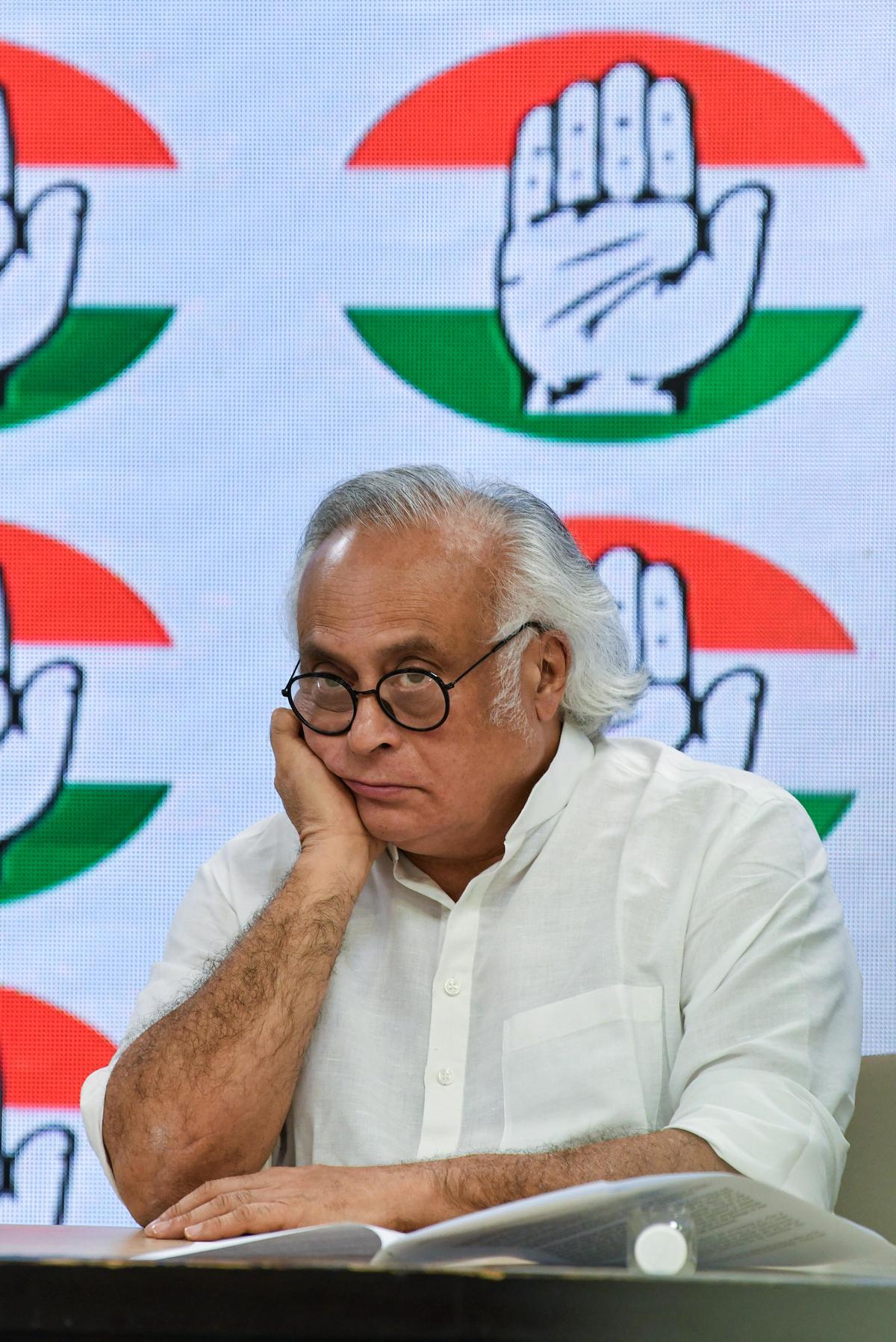Tomatoes prices have skyrocketed to over Rs 200 in some parts of the country due to supply disruption caused by heavy rainfall.
The central government has decided to sell the tomatoes at Rs 80 per kg from today, July 16, the Ministry of Consumer Affairs said on Sunday. Sales have started at several points each in Delhi, Noida, Lucknow, Kanpur, Varanasi, Patna, Muzaffarpur and Arrah through cooperatives NAFED and NCCF. It will be expanded to more cities from Monday depending upon the prevailing market prices at such locations.
The ministry further said that there has been a decrease in the wholesale prices of tomatoes due to the intervention of the government to sell them at a concessional rate of Rs 90 per kg, at several locations in the country where the prices were ruling exceptionally high.
Tomatoes prices have skyrocketed to over Rs 200 in some parts of the country due to supply disruption caused by heavy rainfall. Last Wednesday, the Centre directed Nafed and NCCF to procure tomatoes from Andhra Pradesh, Karnataka and Maharashtra for distribution in major consumption centres, where retail prices have jumped in the last one month.
The stocks of tomatoes will be distributed through retail outlets at discounted prices to consumers in the Delhi-NCR region from July 14, the Consumer Affairs Ministry said in a statement last Wednesday. The ministry said the targeted centres for release had been identified on the basis of an absolute increase in retail prices over the past one month in centres where prevailing prices are above the all-India average.
Tomato is produced almost in all the states in the country but maximum production is in the southern and western regions, contributing 56-58 per cent of all Indian output. Southern and Western regions are surplus states and they feed to other markets depending on production seasons.
The peak harvesting season of tomatoes occurs from December to February. The periods during July-August and October-November are generally the lean production months. But July coinciding with monsoon season adds to further challenges related to distribution and increased transit losses adding to price rise. The cycle of planting and harvesting seasons and variation across regions are primarily responsible for price seasonality in tomatoes, the ministry said. Apart from the normal price seasonality, temporary supply chain disruptions and crop damage due to adverse weather conditions often lead to sudden price spikes.






